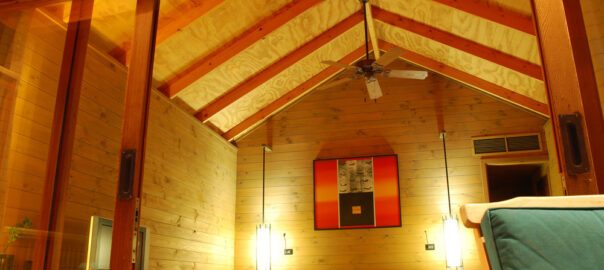
Ceiling fans represent one of the most efficient options families have to keep their homes cool. They’re also an excellent tool for reducing the strain placed on a home’s HVAC system during extreme seasonal weather. Installing a ceiling fan is a straightforward process for any electrician, handyman, or trained professional, but there are some factors to consider before ordering a fan and having it installed. Here’s what you should take into account.
Fan Location and Expected Use
A fan manufacturer will use different components for their fans based on the fan’s expected installation location. If you plan on installing a fan in an outdoor environment like a porch or a humid area like a bathroom, you’ll want to select a fan designed for use in wet environments. Conversely, if you plan on installing your fan in a living room, the fan you choose should be designed for that purpose. Furthermore, you’ll want to consider the dimensions of a room when selecting a fan to ensure it’s the right size to cool the space efficiently.
Fan Features and Price Point
Modern fans come in all sorts of shapes and sizes, and their price points may vary wildly depending on the materials used, as well as features like the noise level and size. If you’re upgrading the fans in your home from older models, you may want to investigate options like integrated LED lights and remote-controlled lights. Some fans are even controllable via your smartphone.
Getting the Most From a Fan After Installation
As with any device with moving parts, part of what keeps a fan in good working condition is maintaining it with regular dusting. You should clean fans each season so dirt and dust don’t build up on the fan and cause operational problems. Also, remember to switch the rotation of the fan each summer and winter. The fan should normally run in a counterclockwise direction in the summer and a clockwise direction during the winter. Changing the direction ensures the fan blades push air in the correct direction to cool or warm the room.
According to statistics, the average American household spends $1,945 on lighting, heating, cooling, electronics, and appliances each year. You’ll likely find that adding one or more new ceiling fans will reduce your utility bills and improve your comfort. Contact Premier Lighting today to learn more about our extensive selection of top-quality fans!
Posted: 1/27/24

